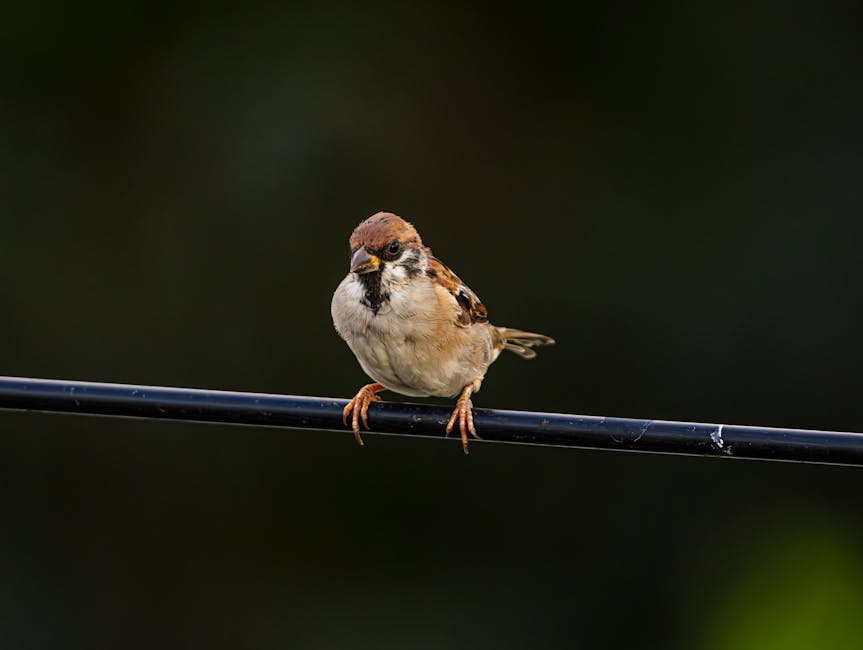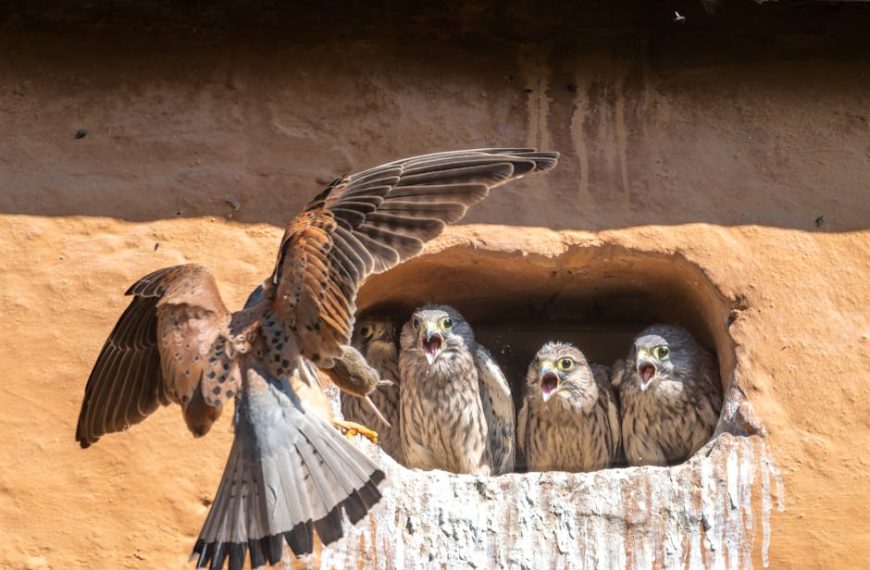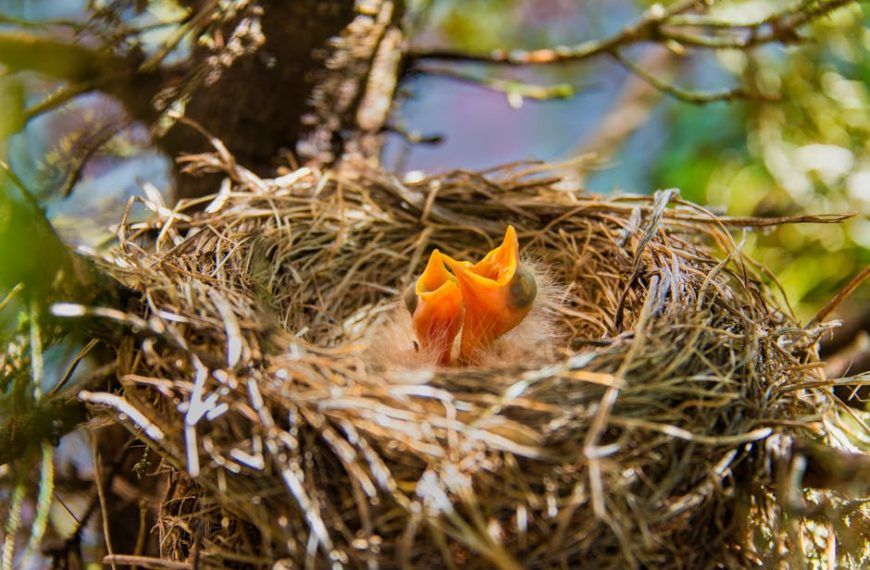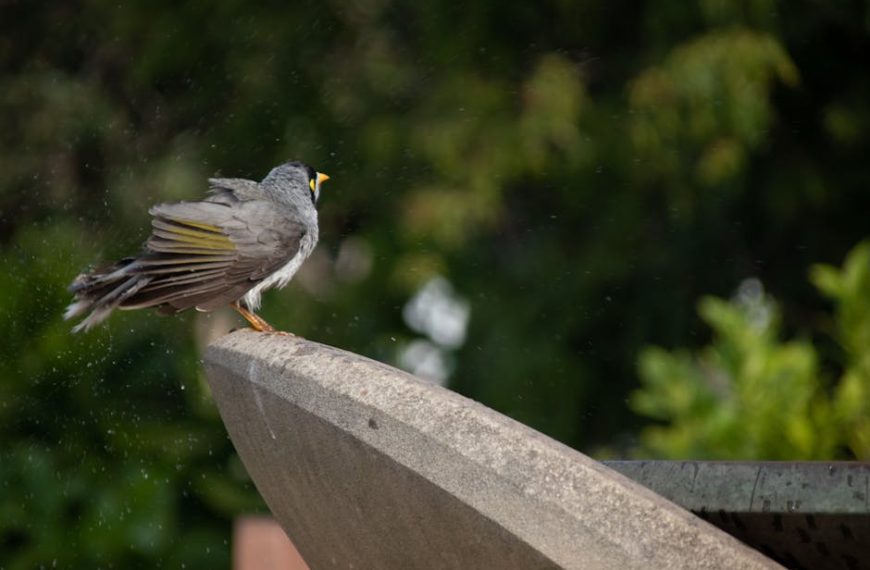As a bird enthusiast, it’s fascinating to understand the process of bird reproduction, from courtship to the birth of the chick. They conduct unique mating behaviors, with some birds tending to be monogamous while others enjoy polygamous relationships. However, what really sets birds apart is the system of gender determination which differs significantly from mammals.
Just like pregnancy in mammals, birds have an incubation period – the time taken from egg laying to hatching. The duration of this period varies across species and plays a crucial role in the overall gestation timeline. It’s during this period you would see diligent bird parents turn the eggs regularly, indicative of the care they provide.
✔️ Best Practice: Take time to understand bird reproduction to provide appropriate care during captive breeding. It may also provide strategies for population conservation.
Indeed, bird gestation is a fascinating subject. Yet, it’s intriguing to know that various factors play a crucial role in its length. The bird’s diet and the environment, specifically, can affect fertility and gestation period significantly.
For instance, climatic changes can, directly and indirectly, influence mating patterns, similarly, specific nutrient deficiencies can affect fertility. Therefore, being attuned to such elements and their impact can essentially influence the success of bird egg hatching.
Pro Tip: Monitor and adapt to evolving conditions to ensure the bird’s wellbeing and successful hatching of the eggs.
The bird kingdom is full of surprises. Short-lived birds such as the hummingbird have a much quicker gestation period compared to the long-living bird species like the albatross. Here, one can also observe the strategic adaptation of each bird species to their environment influence their gestation period.
Look out for further tips as we delve deeper into specific bird species and their unique gestation and parenting styles.
Gestation period does not end with the hatching of the egg but extends to include the fostering of their offspring. Time and care invested into teaching the hatchlings to fly, guarding them from predators, and feeding them contributes to the survival of the offspring. Understanding these patterns will allow us to better re-create natural conditions for captive and endangered birds.
Pro Tip: Invest time in learning about post-gestation care of birds. This can contribute in big ways to successful captive bird breeding and conservation.
Understanding the Complexity of Bird Reproduction
Bird reproduction is an awe-inspiring and complex process, beginning with courtship and culminating in the laying of eggs. Birds employ a vast array of unique courting techniques, with some preferring to dazzle potential mates with intricate dances, while others might charm with a hypnotic song.
In some species, the breeding behaviors also vary, with some birds preferring a monogamous style, where couples stick together for a season or even life. In contrast, others might be comfortable with polygamous relationships, where a single male mates with multiple females.
However, one of the amazing aspects of bird reproduction is their gender determination system, known as ZW system. While mammals have XY system, birds’ system differs – it’s the females who have different sex chromosomes (ZW), contrary to males who have similar ones (ZZ).
✔️ Best Practice: Enhancing your knowledge about bird reproduction can assist in optimal bird care, successful captive breeding attempts, and effectively aiding in conservation efforts.
The Incubation: Waiting for the Hatch
Once birds lay eggs, the incubation period begins. It is this phase that contributes significantly towards the bird’s gestational length. Depending upon the species, the incubation period for birds can range from 11 days (in small songbirds) to 80 days (in large species like albatross).
- Keeping the eggs at the correct temperature, ensuring the right level of humidity, and random turning of the eggs are common parental roles during the incubation period.
Research the specific needs of the bird species to ensure proper incubation conditions (temperature, humidity, etc.).
Factors Pivoting Bird’s Gestation Duration
Several considerations affect the length of bird gestation. The environment they are in, the diet they consume, and species-specific traits all play significant roles.
- Rapid climate changes can influence a bird’s fertility and gestation length. Warmer climates may induce earlier laying dates.
- Diet also impacts bird fertility. To ensure a successful hatching, a bird needs adequate nutrition to produce and incubate eggs.
Pro Tip: Pay special attention to a bird’s dietary needs and alterations in their environment to ensure healthy gestation and successful hatching of eggs.
Gestation Variation across Bird Species
Pigeons might take approximately 18 days, hummingbirds around 16-18 days, while ostrich can take as long as 42 days. This diversity in gestation periods largely depends on the life cycle, size, and environmental conditions specific to the bird species. Such variability is one of the marvels of nature and plays a crucial role in the survival strategies of each species.
Nurturing Roles Post-Gestation
Bird-parents have the immense task of feeding the newborns, teaching them to fly, and protecting them from predators. This nurturing phase also contributes significantly to the bird’s gestation. Bird species exhibit different parenting styles, and understanding this can help considerably in mimicry efforts for conservation and bird rearing.
Pro Tip: Observing and understanding a bird’s post-gestation care in the wild can boost success rates in captive breeding and conservation attempts.
Unraveling the Significance of Bird Gestation and Parenting
Understanding bird gestation does more than just satisfying our curiosity about how long birds are pregnant. It is a crucial aspect of bird behavior studies and population monitoring. This knowledge is indispensable for bird keepers, ornithologists, conservationists, and even casual bird enthusiasts for various practical applications, such as bird farming and effective conservation efforts.
Monitor a bird’s gestation period, feeding pattern, and health intricately to ensure appropriate intervention at the right time if any issues arise.
With these insights into bird gestation, you’ll better appreciate your feathery friends and their intriguing behavior.
Key Takeaway:
- The article provides a comprehensive understanding of bird reproduction, from courtship behaviors to gender determination, which significantly differs from mammals.
- The incubation period in birds varies according to the species and contributes considerably to the overall gestation process.
- A bird’s gestation period is influenced by several factors, such as environmental conditions and dietary intake.
- There is a notable diversity in the gestation period amongst different species.
- Post-gestation care of birds plays a crucial role in the survival of the offspring.
- Understanding bird reproduction, gestation, and parenting behaviors are crucial for bird keepers, conservationists, and researchers.
By understanding the intricacies of bird gestation and parenting behavior, we can better appreciate the fascinating world of our feathered friends. Armed with this knowledge, we’re poised to contribute more effectively to the care of birds, whether it be in a domestic setting, breeding endeavor, or conservation project. Remember, the health and vibrancy of bird populations contribute to our planet’s rich biodiversity.
FAQs
Q: How does a bird’s diet affect its gestation period?
A: A bird’s diet plays a significant role in its fertility. Adequate nutrition is needed for the production of viable eggs and proper incubation. A poor diet can lead to unhealthy eggs and impact the success of hatching.
Q: Why do some bird species have a longer gestation period than others?
A: The length of a bird’s gestation period depends on several factors like the size of the bird, its species-specific traits, and its environmental conditions. Larger bird species often have a longer gestation period compared to smaller ones.
Q: How do birds determine the gender of their offspring?
A: Birds use a gender determination system known as the ZW system where the females have different sex chromosomes (ZW) and the males have similar ones (ZZ). This system significantly differs from the XY system in mammals.
Q: Are all birds monogamous?
A: Not all birds are monogamous. While some bird species prefer to stick together for a season or a lifetime, others practice polygamy where a single male mates with multiple females.
Q: How does understanding bird gestation and parenting behaviors help in bird conservation?
A: By understanding bird gestation and parenting behaviors, conservationists can recreate conditions that closely mimic a specific bird species’ natural environment. This helps improve the success rates of captive breeding and conservation efforts.
Feel free to share this article with fellow bird enthusiasts, and explore our site for more insights on birds and overall biodiversity.












